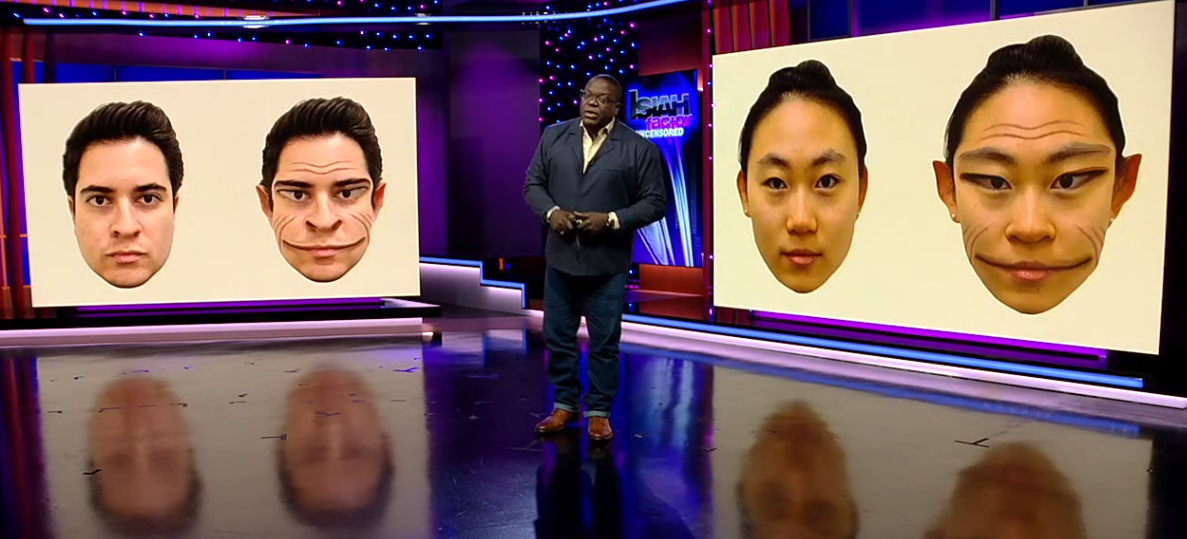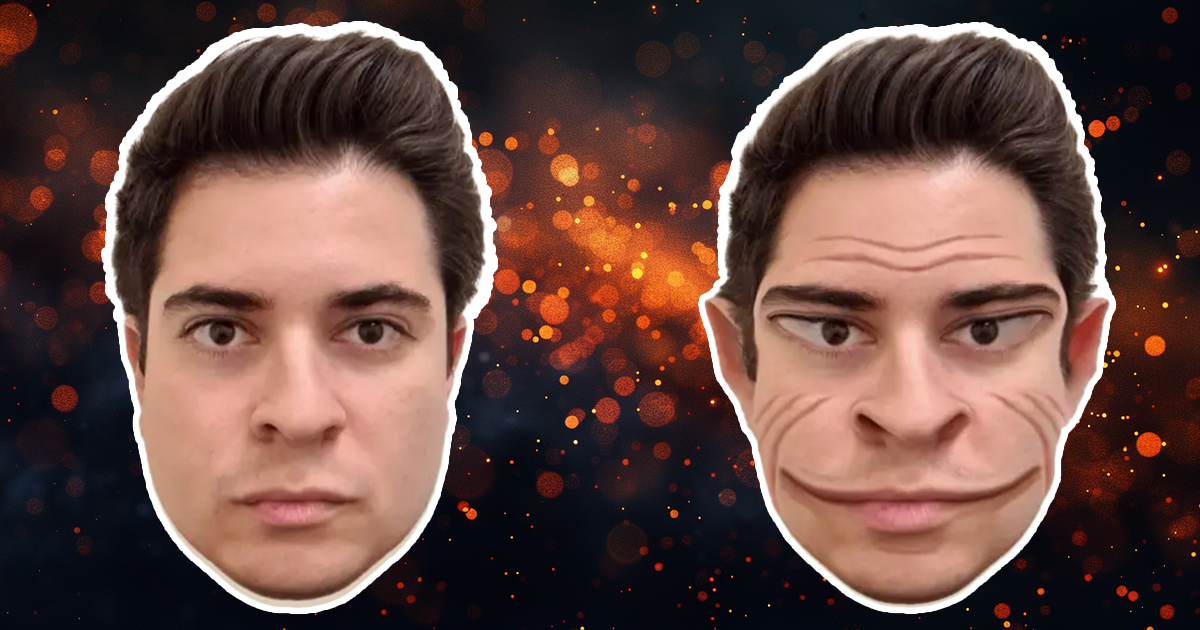In the realm of unusual medical conditions, there is always a sense of wonderment as we navigate the boundary between the extraordinary and the inconceivable. Demon Face Syndrome is one such perplexing anomaly that has recently garnered attention from medical experts and the general public alike.
Imagine a world where facial features contort into menacing shapes, where innocent visages take on a sinister aura. Individuals afflicted by Demon Face Syndrome live with this unsettling reality not just in their dreams but as a disquieting aspect of their everyday lives.
The origins of Demon Face Syndrome remain shrouded in mystery, with some attributing it to genetic factors, while others point to environmental triggers or underlying neurological issues. Nevertheless, the profound impact it has on those affected is undeniable.
For individuals dealing with Demon Face Syndrome, simple tasks become daunting challenges filled with unease. Everyday activities such as navigating through crowded spaces or engaging in conversations with strangers are overshadowed by the presence of malevolent faces looming at the edges of their vision.

Despite the darkness, glimmers of hope emerge. Support communities have arisen, providing a safe haven for individuals to share their stories and find comfort among those who understand their struggles. Moreover, advancements in the field of neurology offer promising paths for treatment and care.
Renowned neurologist Dr. Elena Rodriguez, a trailblazer in studying rare neurological disorders, characterizes the syndrome as a intricate interplay of neurological misfires and perceptual distortions. She elaborates, stating, “It’s almost as if the brain’s visual processing centers get entwined in a web of deception, conjuring up malevolent images where none truly exist.”
However, beyond the realm of traditional medical science lies a profound lesson interwoven with the concept of Demon Face Syndrome. It serves as a poignant reminder of the fragility of perception and the intricate workings of the human mind. In a reality shaped by individual interpretations, it urges us to examine our perceptions and the biases that influence our understanding of the world.
As we probe deeper into unraveling the enigmas of the human brain, perhaps the most profound discovery lies not in uncovering rare conditions like Demon Face Syndrome, but in acknowledging our shared humanity and the resilience of the human spirit in times of hardship.
Ongoing conversations about Demon Face Syndrome have sparked a bold hypothesis. Advocates of the theory of alien shapeshifters propose that individuals experiencing facial distortions may not just be victims of neurological oddities but unwitting witnesses to a far more extraordinary phenomenon.
Adherents to this daring theory highlight a confluence of factors supporting their claims. Reports of alleged encounters with extraterrestrial entities have surged, with witnesses often describing meetings with beings capable of morphing their appearances at will. Could it be that these purported alien beings have infiltrated our midst, concealing their true identities behind a human facade?
In addition, skeptics point out the intriguing correlation between the sudden increase in cases of Demon Face Syndrome and the proliferation of theories about extraterrestrial visitations. Is this a mere coincidence, or does a deeper connection await revelation?
Granted, the theory of alien shapeshifters remains speculative, lacking solid evidence. Yet, in a world teeming with inexplicable occurrences, perhaps it is wise to entertain even the most fantastical possibilities.
While researchers grapple with the complexities of Demon Face Syndrome and the fascinating notion of alien shapeshifters, the discussions around these phenomena show no signs of fading. Whether ascribed to neurological peculiarities, clandestine extraterrestrial agendas, or a mix of both, one thing remains certain: the enigmas of the human mind and the vast universe continue to intrigue and captivate us alike.
